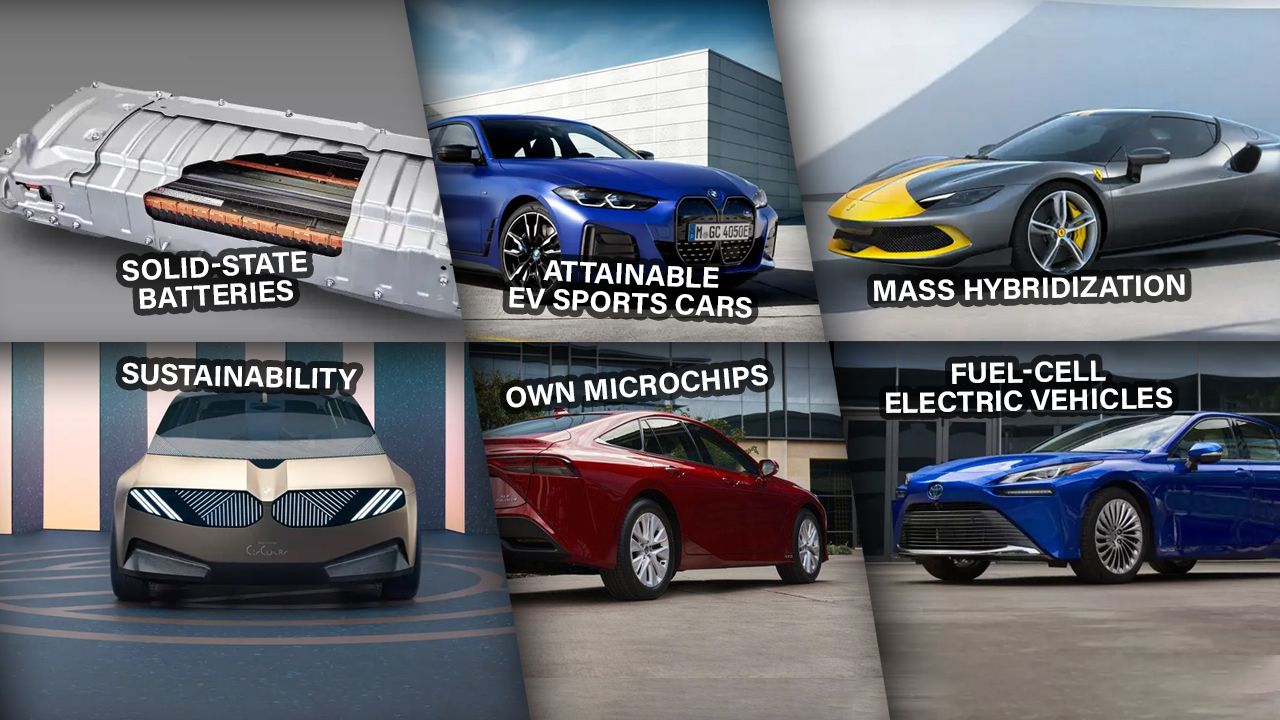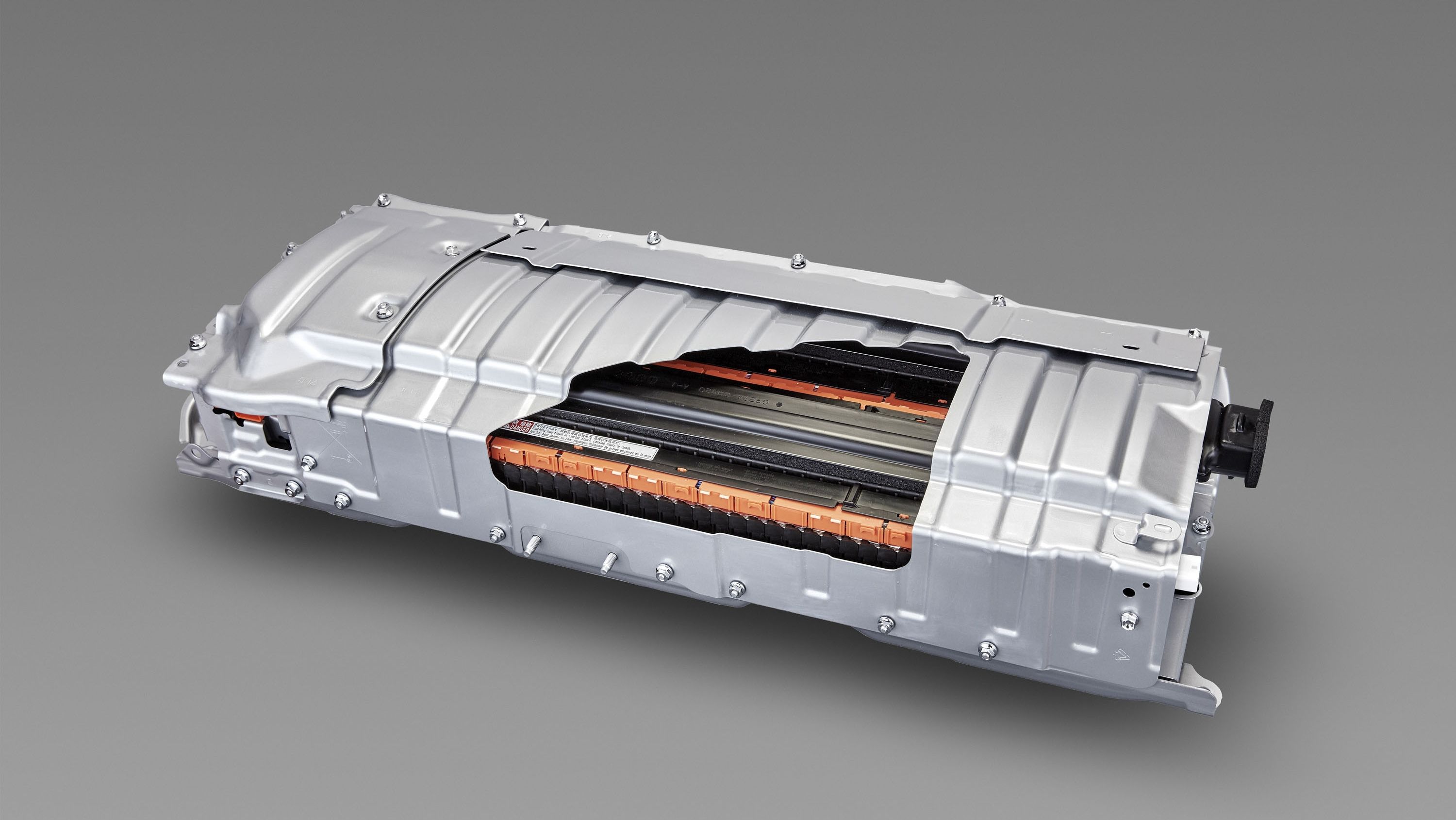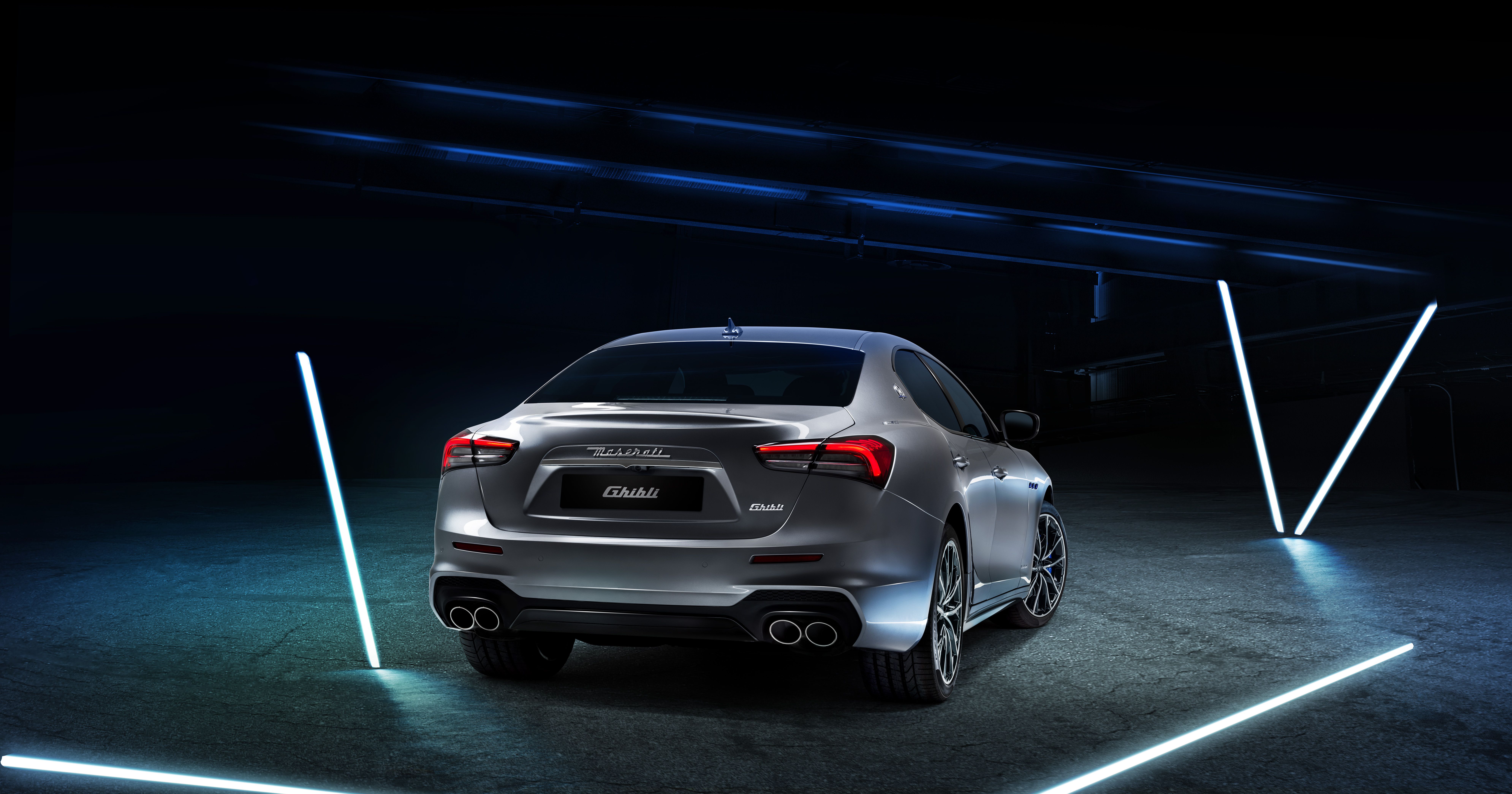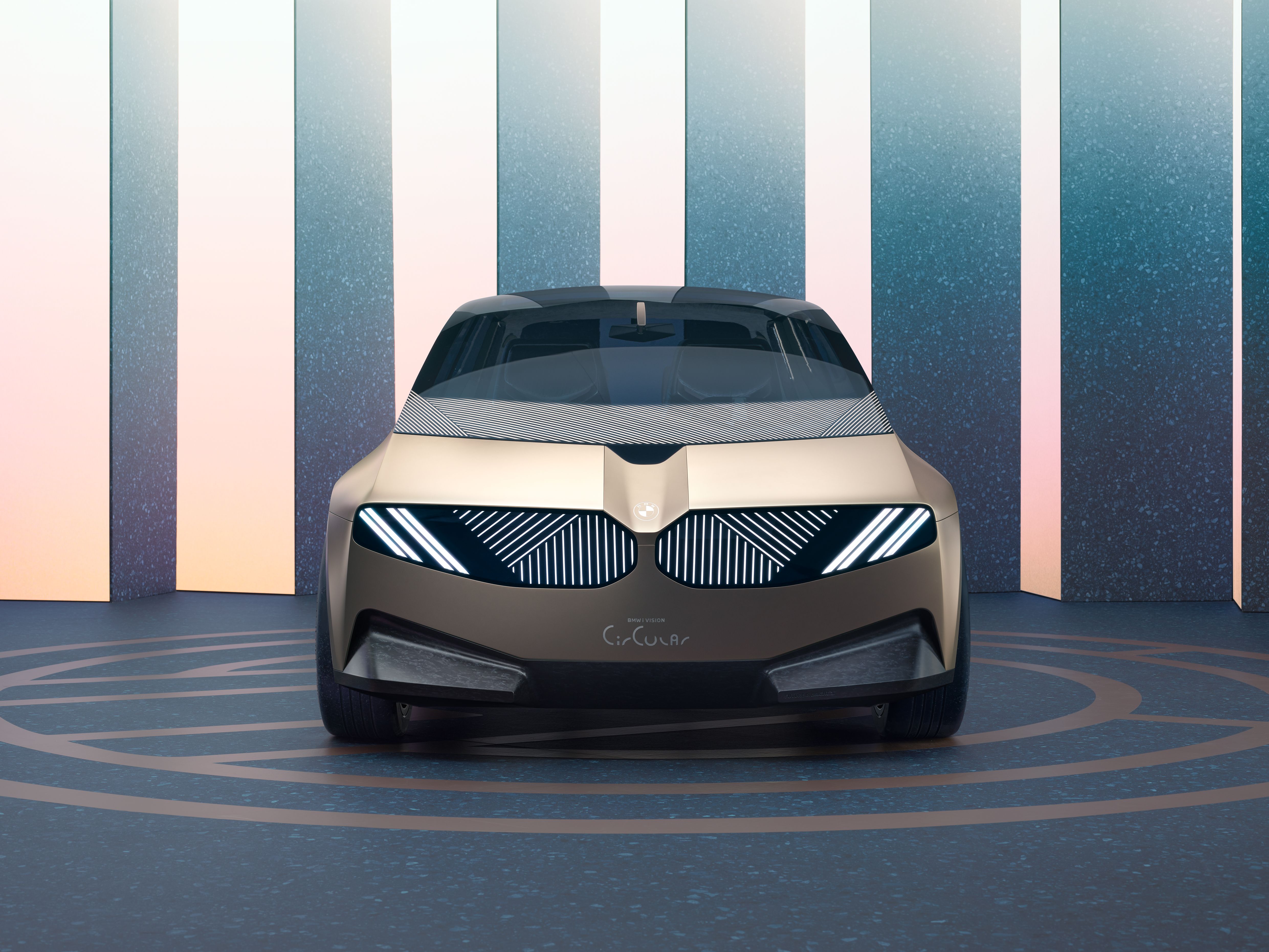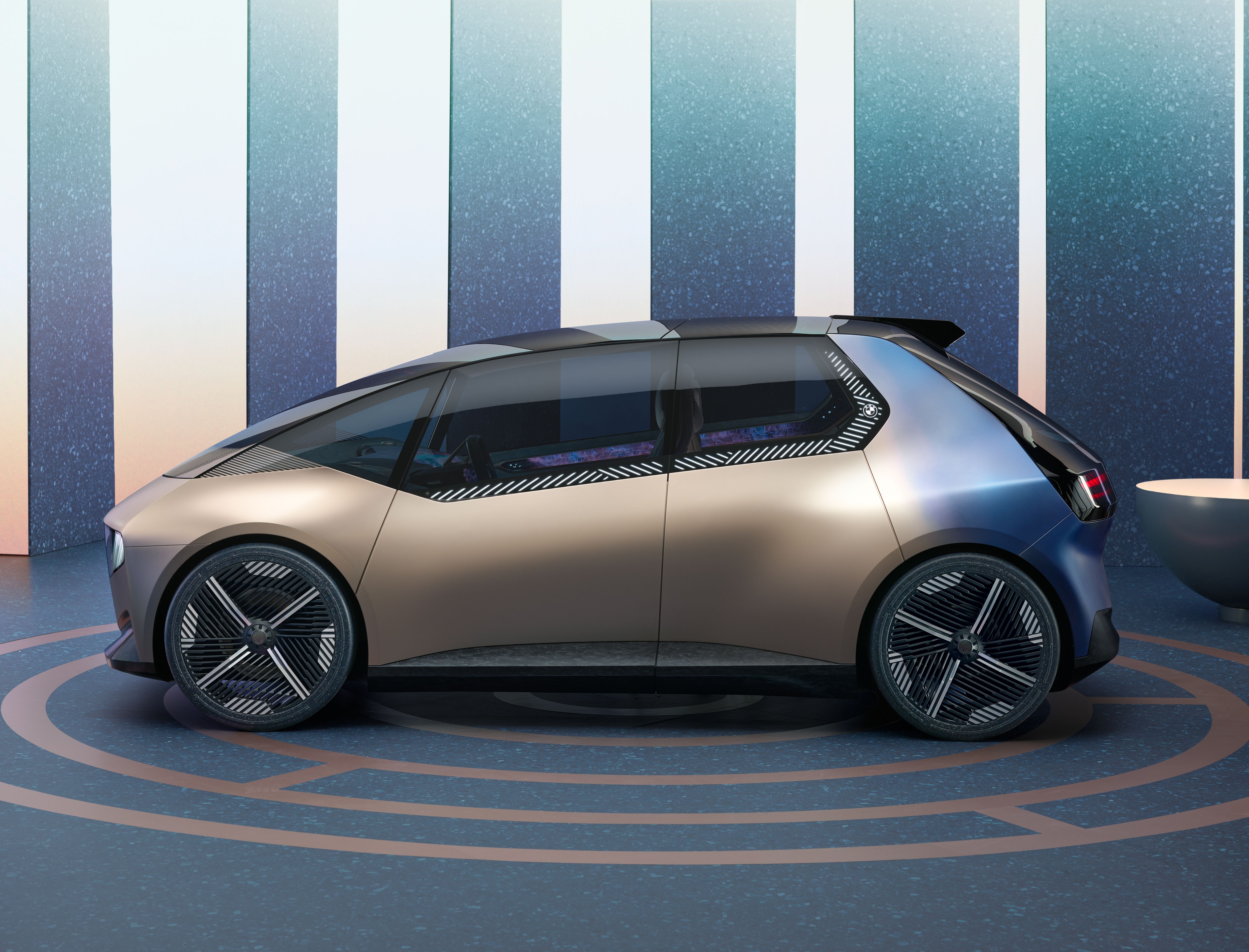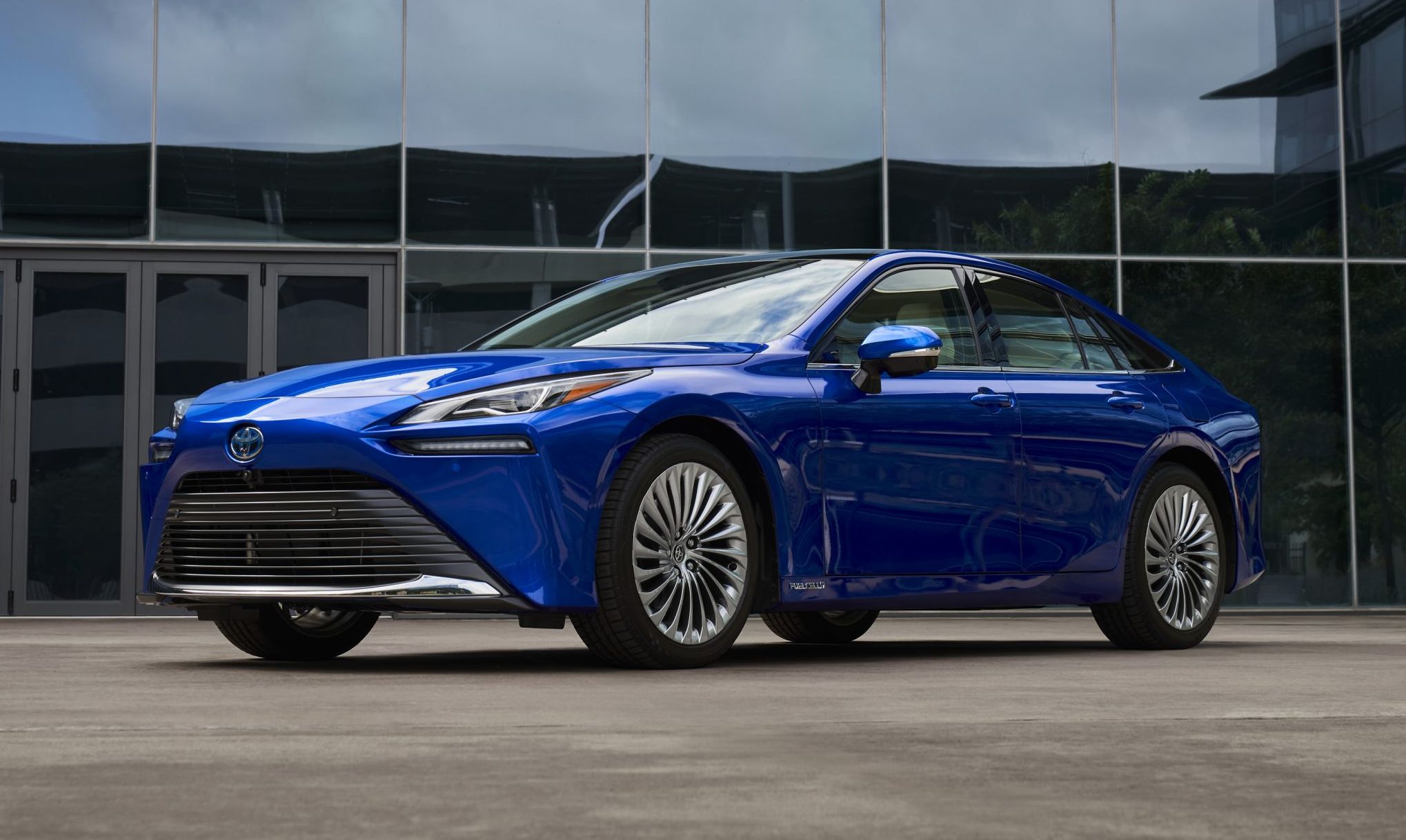Over the last few years, we witnessed many developments, both positive and negative. These developments also affected the automotive industry and set the tone for future trends. While some of these developments were expected and car companies have worked towards them, others were not as anticipated. Here’s how cars in 2022 will reshape the industry.
Solid-state batteries to become the staple in EV development
More and more automakers are making the transition towards electricity. For all their advantages EVs have plenty of drawbacks as well. Those mainly concern safety and range, with regards to the liquid-state, lithium-ion batteries they currently rely on for an energy source. Safety-wise, lithium-ion batteries are susceptible to temperature changes, which means they require energy to be kept at an optimal operating temperature, thus exhausting energy even when your EV is not on the move.
In addition, lithium-ion batteries are not the most stable and in a crash pose a serious risk of fire, which cannot be put out by conventional means. Because of this, EVs need to have a few layers of safety systems and even that isn’t always enough. Carmakers are already working on solid-state batteries, which utilize a solid separator instead of a liquid one, to keep the cathode and anode apart.
This makes solid-state batteries more stable, which requires fewer safety systems, leaving more space for a bigger battery pack, therefore being safer and providing a better range. Toyota and Volkswagen are some of the manufacturers, currently developing solid-state batteries and we expect real-world testing to commence in 2022, with an official debut around 2025.
Attainable EV sports cars
EVs are generally more expensive than their internal combustion-powered counterparts. A good example is the BMW 4 Series Gran Coupe, which starts from $47.745, and the BMW i4, which starts from $55,400. Regardless, history has proven that, as new technology gradually becomes more mainstream, it also becomes more attainable. Don’t be surprised that, when you are trading in your 2020 internal-combustion-powered car for a new one, in 2024, you find an EV at a similar price point.
Moreover, there’s enough evidence to suggest that the same trend is going to expand to the sports car segment. We know Porsche is working on an EV variant of its entry-level sports car – the 718. Toyota has been hinting at a new MR-2 for a while and, recently, it unveiled 15 new concepts, among which a compact, mid-engine model. Having the brand’s carbon-neutral strategy in mind, the suspected, new MR-2 is believed to be fully electric.
While both the Porsche 718 and Toyota’s “new MR-2” probably won’t be on the cheap side, their pricing will be a far cry from the astronomical figures of the Rimac Nevera or Farnova Othello.
Mass hybridization
Electrification might be what most carmakers are currently after, but it’s not going to happen overnight. In response to the ever-tightening emissions regulations, more and more sports cars are forced to switch to hybrid powertrains. Even Ferrari who wants to keep the V-12 alive already features hybridization in its mid-engine models, case in point being the SF90 and the 296 GTB, which comes in 2022. The 296 GTB will debut alongside the Purosangue – Ferrari’s first SUV (FUV), which is also getting a hybrid powertrain, later in its production cycle.
Porsche 911 Turbo is next in line, from the high-performance vehicles, to get a hybrid powertrain, but that will happen in 2023. As for 2022, expect a plethora of hybrid vehicles that are more on the affordable side, such as the 2022 Toyota RAV4 Prime PHEV, Hyundai Ioniq FHEV, and PHEV, Kia Niro PHEV, Subaru Crosstrek Hybrid, the new Toyota Camry Hybrid, and more. Maserati, of all brands, is going the hybrid route with the 2021 Maserati Ghibli Hybrid which is expected to debut alongside the much anticipated Gran Turismo, which is also expected to have a hybrid powertrain on offer.
Even more emphasis on sustainability
“Carbon neutrality” and “Circular Industrial Sustainability” are two terms that are met with increased frequency in the automotive industry. It’s clear that environmental ramifications continue to influence the direction, car companies are taking. Electric vehicles are seen as a solution, but they bring their own set of environmental challenges.
Among them is the production method, which includes the mining of critical rare earth elements and their transportation (often by sea). Then you have the electricity supply, which often comes from fossil fuels, and in the end, the proper disposal of batteries, which feature the aforementioned toxic chemicals.
It’s clear that the issue with sustainability needs to be addressed from a production standpoint. More and more companies are starting to use recyclable materials, with some even extending that to their high-end models, a case in point being the C8 Corvette, At the 2021 Munich Auto Show, BMW showcased the iVision Circular concept, which is designed to be easily disassembled. The real question is how much of the car can be made with sustainable materials. So far, the leader is Hyundai Ioniq Electric, with a green score of 70 points.
More companies will start producing their own microchips
Microchips are an integral part of modern automobiles, but unfortunately, in 2021, chip shortage is still an issue. Because of this, a lot of car companies were forced to close factories or work at less than 100 percent of their production capacity. Car companies outsource a lot of components and chips are among them, but now more and more of them are taking things into their own hands.
Even back in 2016, when chip shortage wasn’t a real issue, Tesla moved away from NVIDIA in favor of developing its own chips, in partnership with Samsung. With the chip shortage still, more companies will move their chip production in-house, with Hyundai being one of the next in line to do so. Ford, GM are partnering up once again in order to produce their own chips.
Toyota is one of the more interesting cases since it’s currently stockpiling chips. Because of this, the Japanese company managed to continue working at 90 percent of its capacity. Next year might reveal which manufacturers have managed to stockpile on chips, who have managed to bring production in-house, and who’s lagging behind.
The rise of FCEVs (Fuel-cell electric vehicles)
Hydrogen is once again on the table and a few manufacturers have already proven, it’s possible to have a clean energy source. Honda Clarity, Toyota Mirai, and Hyundai Nexo are good examples of fuel-cell electric vehicles (FCEVs), with Toyota and Lexus planning a full lineup, in the near future. Not long ago, BMW showed us a fuel-cell vehicle, based on the BMW X5, in a project partly funded by the German government. A test fleet of 100 cars will be built, in 2022.
Audi and Nissan are among the other manufacturers, currently working on hydrogen vehicles. While most carmakers are still far from giving us a production model, featuring a fuel cell, we expect more information on the matter, next year.

